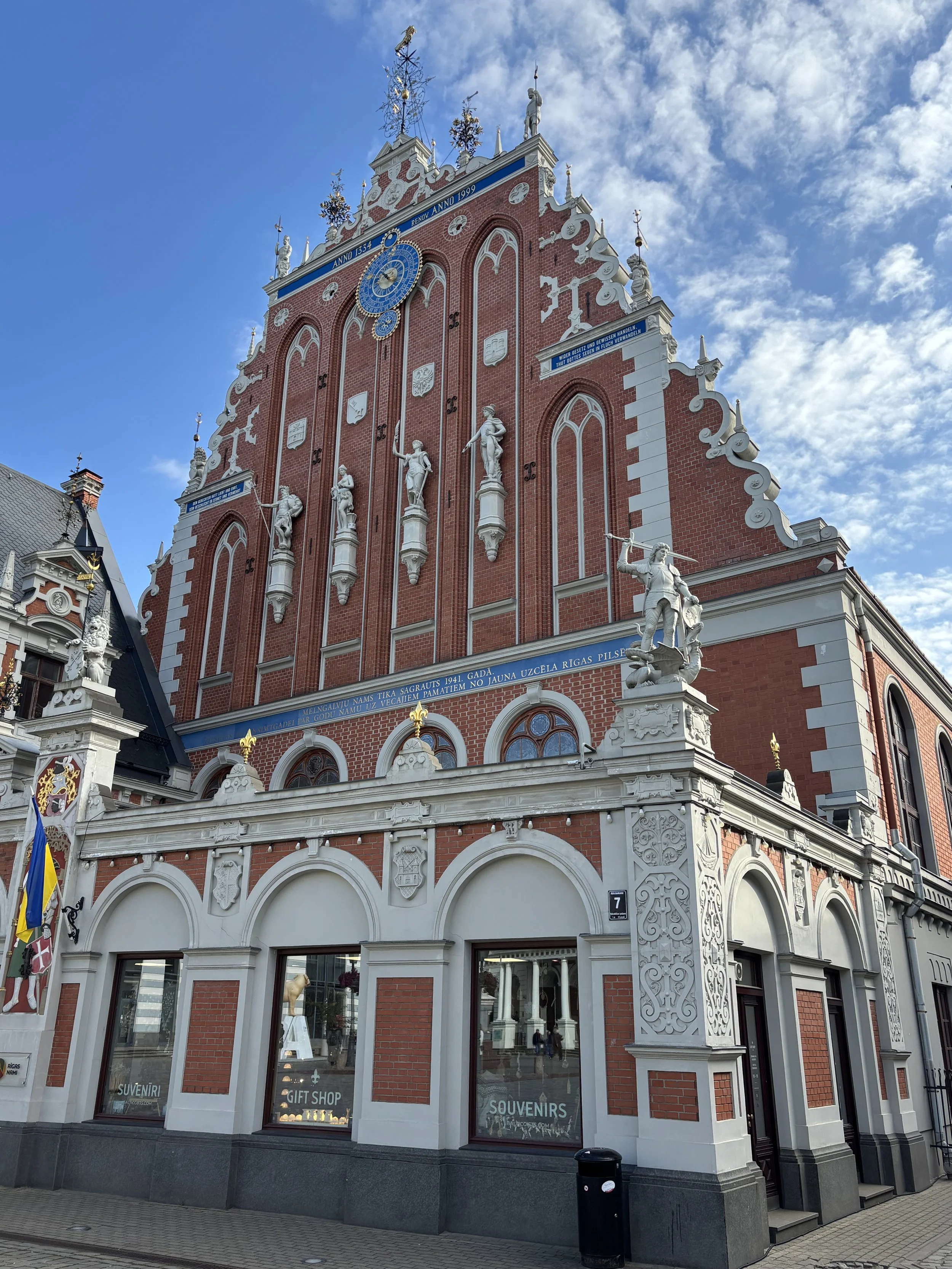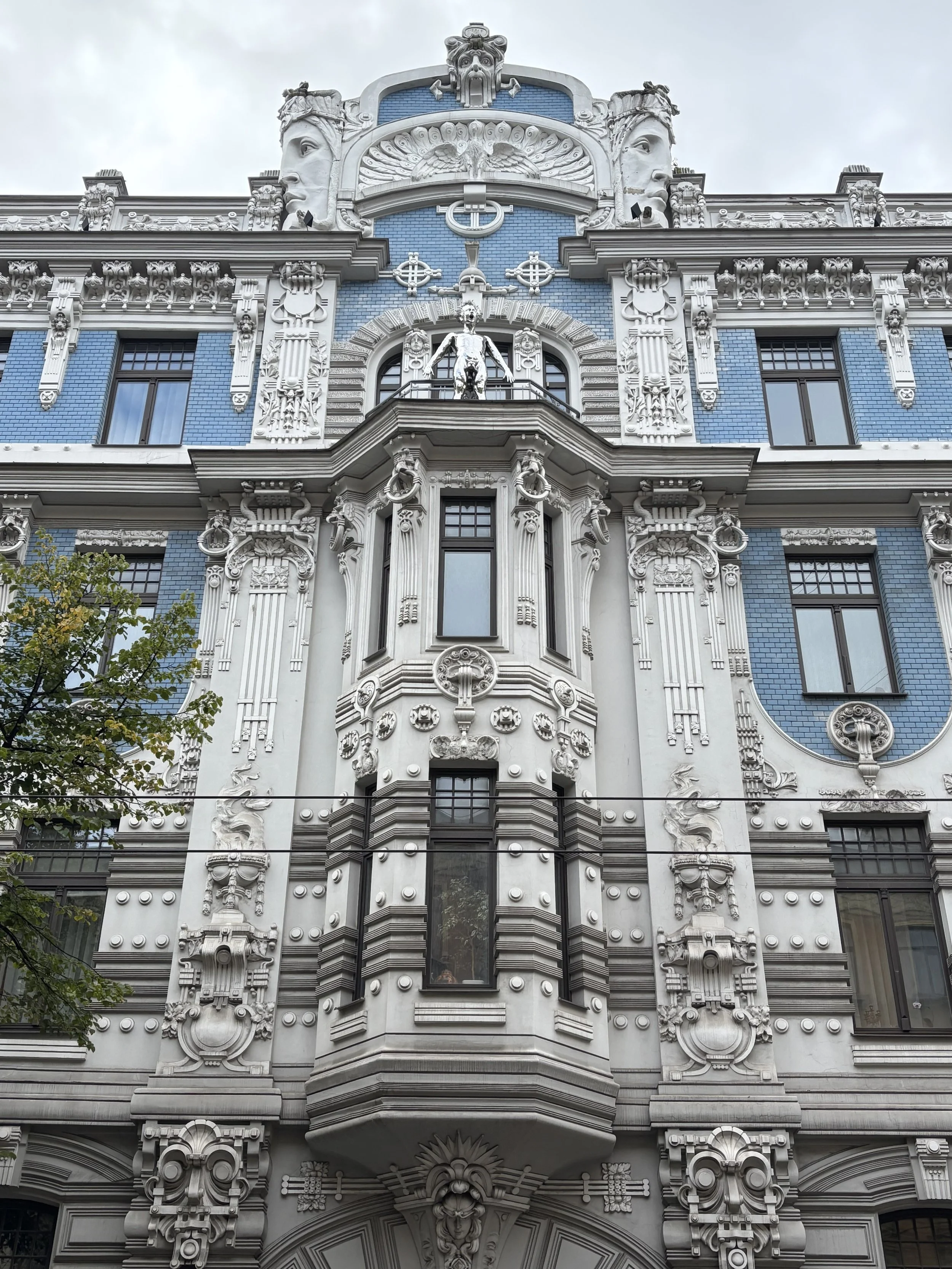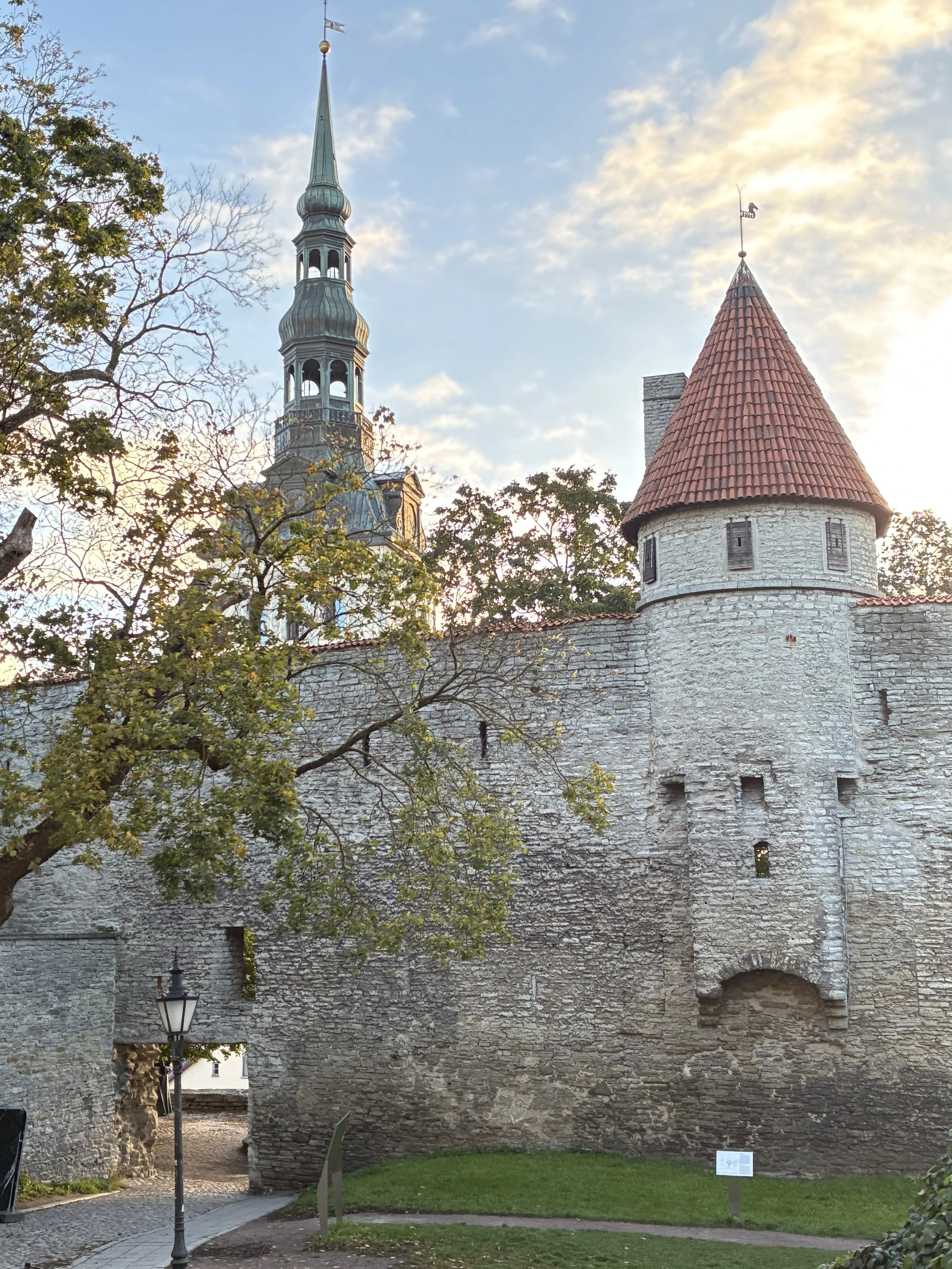
Discover the UNESCO World Heritage Sites of the Baltics — where history, architecture, and nature tell the region’s most extraordinary stories.
A remarkable collection of UNESCO World Heritage sites
The Baltic States—Estonia, Latvia, and Lithuania—hold a remarkable collection of UNESCO World Heritage sites that reflect centuries of cultural exchange, architectural innovation, and regional identity. Though distinct in language and history, the three nations share a deep respect for preservation and artistry, visible in their beautifully maintained old towns and historic landscapes. From the medieval streets of Tallinn to Riga’s celebrated Art Nouveau façades and the baroque harmony of Vilnius, these cities tell the story of Northern Europe’s evolution through trade, craftsmanship, and resilience.
Visiting the Baltic UNESCO sites is more than a journey through architecture—it’s an encounter with living history. Cafés, museums, and creative studios now occupy spaces once used by merchants, monks, and artisans, blending the past with a vibrant contemporary spirit. Each capital offers a walkable core filled with detail and character, inviting slow exploration and appreciation. Whether you’re tracing ancient fortifications, admiring sculpted façades, or watching evening light fall across church spires, the heritage of the Baltics offers timeless inspiration and quiet beauty that endures beyond borders and generations.
Timeless Heritage: The UNESCO Sites of the Baltic States
-

Riga
Riga’s UNESCO-listed Historic Centre is a living showcase of Art Nouveau artistry and medieval heritage. Along Alberta and Elizabetes Streets, elaborate façades display sculpted faces, floral motifs, and bold geometric lines that define one of Europe’s richest Art Nouveau districts. Within walking distance, the cobbled lanes of the Old Town reveal centuries of Hanseatic architecture, graceful churches, and riverfront views.
-

Tallinn
Tallinn’s UNESCO-listed Old Town is one of Europe’s best-preserved medieval cities, where cobbled streets wind past merchant houses, guild halls, and Gothic spires that once formed part of the Hanseatic League’s trading network. The city’s Upper Town, Toompea, offers sweeping views across red rooftops to the Baltic Sea—an enduring reminder of Estonia’s centuries-old blend of commerce, culture, and craftsmanship.
-

Vilnius
Vilnius’s UNESCO-listed Historic Centre reveals centuries of architectural harmony, where Gothic, Renaissance, and Baroque styles blend across a maze of courtyards, bell towers, and cobbled lanes. Once a crossroads of cultures and faiths, the Lithuanian capital’s Old Town retains an intimate charm—its warm façades, leafy squares, and artistic energy inviting exploration at every turn.

